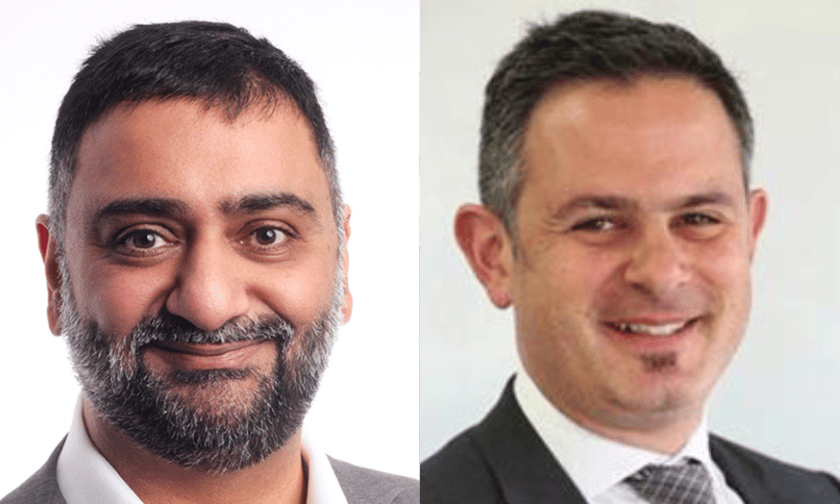

According to the Insurance Council of Australia (ICA), by Monday at midday, more than 9,000 claims were already lodged from ex-Tropical Cyclone Alfred. The ICA expects thousands more in the coming days. The Cyclone’s destructive power was less than some expected but, for insurers, brokers and their customers, flood risk is a major ongoing concern.
“The big unknown right now is the flooding because what the cyclone was doing over the weekend was pulling in all this rainfall, that had been sitting over the ocean, on to the land,” said Sharanjit Paddam (pictured left).
Sydney-based Paddam is Finity’s principal of Climate Analytics. One of his focus areas is the impacts of natural catastrophes on governments, insurers and banks. Paddam expects losses from flooding to continue through the week.
“The ground is very wet and any rainfall now is likely to contribute to that,” he said. “We'll also have water flowing down catchment areas and starting to fill them up and that potentially could cause further flooding down the track,” said Paddam.
So far, both wind and water have driven the claims numbers, he said. However, when ex-TC Alfred made landfall over the weekend as a Category 1, instead of as a stronger Category 2 cyclone, the extent of possible wind damage reduced.
“The winds are starting to die down, so we're not likely to see more wind damage but we are going to be more likely to see more flood type damage,” said Paddam.
The Finity expert added that, already, he suspected there is considerable damage from water ingress.
“When the winds are that fast you get horizontal rain,” he said. “So even if your roof stays on, water is being driven into the building and I suspect there's a lot of damage from that - the combination of the wind and water.”
However, despite the current flooding and power cuts still impacting thousands, the situation for communities of northern NSW and Queensland is probably a lot better than it could have been.
“The key thing we were all watching was when Cyclone Alfred hit the coast and what category would it be and therefore what wind speeds and to what extent would houses be affected and their roofs blowing off, essentially,” said Paddam.
That turned out, he said, to be “a lot better than we feared.” The cyclone, at the very last minute, went down to a Category 1 and hit the Bribie and Moreton Bay islands, rather than the Gold Coast and Brisbane.
“What happens with cyclones is when they make landfall or pass over land, they're no longer being fuelled by the heat of the ocean and they start to fizzle out,” said Paddam. “By the time it crossed over and hit Brisbane, it was a tropical storm.”
“We have a team of experts mobilized across multiple communities and geographical areas to support the quick recovery of the community such as properties that are inhabitable,” said Daniel Sirone (pictured, right) “Also, we have a focus on the vulnerable customers’ needs during this time.”
Sirone is the firm’s executive general manager of home claims, building services & TPA. He agreed with Paddam’s analysis of the damage claims.
“We anticipate a substantial number of flooding claims, along with a significant amount of wind-driven rain claims,” said Sirone. “Additionally, there will likely be impact claims from fallen trees on properties throughout the affected region.”
He said it’s too early to determine the extent of the losses.
“[In] the coming days we will have a clearer picture as the recovery and cleanup efforts begin,” said Sirone.
Ex-TC Alfred is the first cyclone to hit southeast Queensland since ex-TC Zoe in 1974. Some footage of that event can be seen here, courtesy of David Hill’s father, who recorded the damage on the Gold Coast with his 8mm camera.
One big difference between Zoe impacts and the losses from Alfred, said Paddam, is the huge demographic changes in the last 50 years.
“When Zoe hit in ‘74 the Gold Coast had a population of about 25,000 people,” he said. “Now in south-east Queensland, we're talking about millions of people.”
Are you a broker with customers impacted by ex-TC Alfred? Please tell us what challenges you are dealing with below
